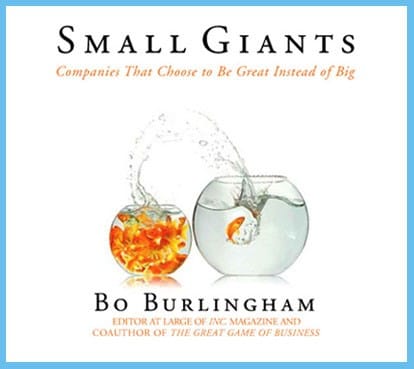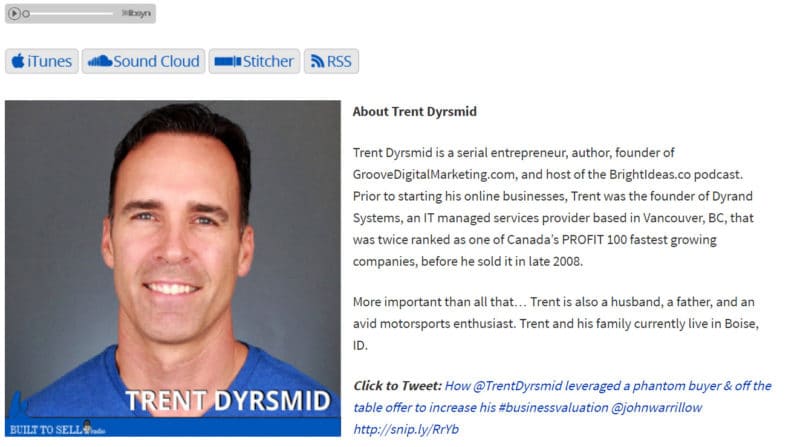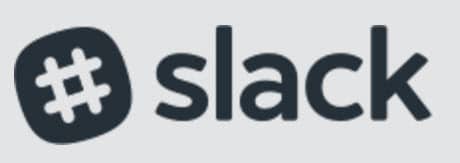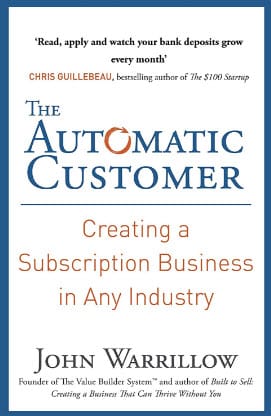Book Club #4: Small Giants, by Bo Burlingham
We review books you should read in preparation to buy or sell a business, as well as how to build a company to sell one day. You can see other books we’ve reviewed in our archive.
 What’s the premise?
What’s the premise?
Bo Burlingham, who is one of the editors-at-large for Inc. Magazine, wrote a book in 2006 about 14 different companies that chose to be “great instead of big.” He called such companies “Small Giants.”
What are characteristics of these companies?
Well, the book itself is not long at just over 200 pages, but the characteristics of these firms all revolve around intentionality. For example, Small Giants tend to have leaders who have a burning passion for their industry and/or business in general. They also have close, personal ties to suppliers and customers.
Small Giants tend to be deeply rooted in the community in which they do business and have cultures that look at the totality of employees’ lives. One of the companies featured in the book was Danny Meyer’s Union Square Hospitality Group, based in New York City.
One of the ways Meyer has recently innovated in the employee space was by pioneering “Hospitality Included” pricing (i.e. no tipping at his restaurants). Because the laws governing tipping mandated what he could pay the back-of-the-house staff, Meyer simply changed the rules. By changing the way his restaurants operated, not only did the back-of-the-house staff see a significant increase in pay, but the front-of-the-house staff didn’t feel obliged to take the weekend shifts anymore, as their pay was now salaried rather than tip-based. Some parents went to a softball game of their children for the first time ever.
Why should you care?
A lot of people have called this book the Good to Great of the small business world, and that makes a lot of sense. Sometimes small business owners are busy putting one foot in front of the other and don’t really identify with the stories told in Fast Company and Forbes. A book like this tells the stories of smaller firms that are carving out their own identity and can provide inspiration and a template to be great instead of big.
You can find a copy of Small Giants here and Bo Burlingham on Twitter here.
If you want to hear more about Danny Meyer and “H.I.” pricing, take a listen here.
Apex is actively looking for Advisors to join our team. If you or someone you know would like to learn more, contact Doug Hubler at or 913-433-2303.





